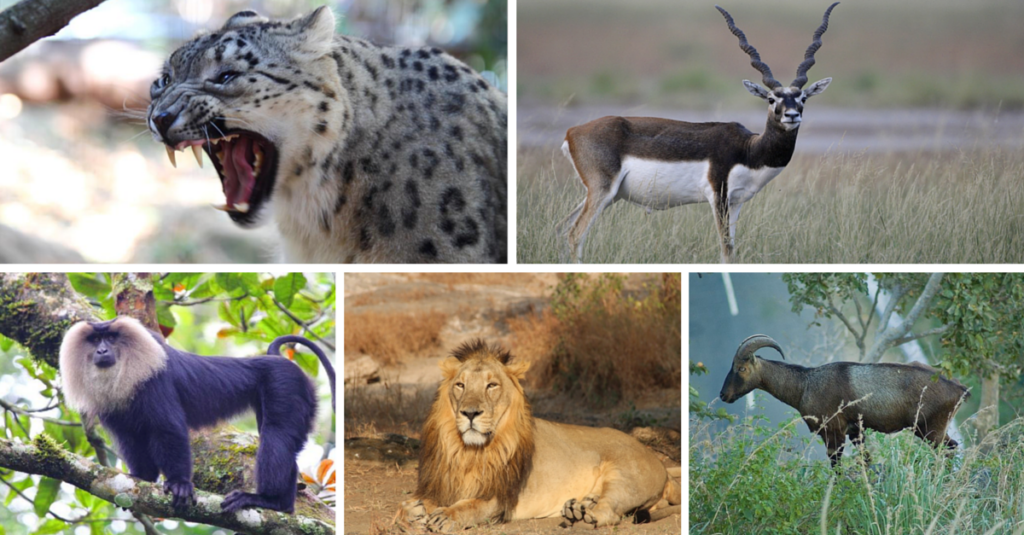
The animal kingdom is full of fascinating creatures, from majestic lions to graceful dolphins. However, some of nature’s most incredible animals often go unnoticed. In this post, we’ll take you on a journey through five rare and lesser-known species that will leave you amazed. These animals are not only unique in their appearance but also in their behaviors and habitats. Let’s dive in!
1. The Saola (Pseudoryx nghetinhensis) – The “Asian Unicorn”
Native to the dense forests of Laos and Vietnam, the Saola is one of the rarest mammals on Earth, often referred to as the “Asian Unicorn.” Despite being discovered only in 1992, it has remained elusive, with very few sightings. Characterized by its long, parallel horns and white facial markings, the Saola is a mystery to researchers.
Fun Fact: The Saola’s name means “spindle horns” in Vietnamese, referring to its long, straight horns that can grow up to 50 centimeters.
Conservation Status: Critically Endangered
2. The Aye-Aye (Daubentonia madagascariensis) – The Odd Lemur of Madagascar
The Aye-Aye, a nocturnal primate from Madagascar, is one of the most bizarre animals you’ll ever see. Its large, round eyes, long fingers, and rodent-like teeth make it look like something out of a sci-fi movie. The Aye-Aye uses its thin middle finger to tap on trees and locate grubs, which it then extracts with surgical precision.
Fun Fact: Locals once believed that seeing an Aye-Aye was a bad omen, leading to superstitions and myths around this fascinating animal.
Conservation Status: Endangered
3. The Pangolin – The Most Trafficked Animal in the World
The Pangolin is an armored mammal that looks like a walking pinecone. Found in parts of Africa and Asia, Pangolins are known for their protective scales made of keratin (the same material as human nails). Despite their defense mechanism, these gentle creatures are sadly the most trafficked animals in the world, hunted for their scales and meat.
Fun Fact: When threatened, Pangolins curl into a tight ball, making it nearly impossible for predators to attack them.
Conservation Status: Critically Endangered
4. The Kakapo (Strigops habroptilus) – The World’s Heaviest Parrot
Meet the Kakapo, an incredibly rare flightless parrot native to New Zealand. With a weight of up to 4 kilograms, it’s the world’s heaviest parrot. Unlike most birds, Kakapos are nocturnal and have an owl-like face. Unfortunately, due to habitat destruction and predation by introduced species, Kakapo numbers have dwindled to just a few hundred.
Fun Fact: Kakapos are known for their loud, booming calls, which they use during the breeding season to attract mates from miles away.
Conservation Status: Critically Endangered
5. The Olm (Proteus anguinus) – The Blind Cave Salamander
The Olm is a peculiar amphibian that lives in the dark caves of Central and Southeastern Europe. It’s often called the “human fish” due to its pale, fleshy skin, and can live up to 100 years. Despite being completely blind, the Olm has an extraordinary sense of hearing and smell, helping it navigate through the pitch-black waters it inhabits.
Fun Fact: Olms can go up to 10 years without food by significantly slowing down their metabolism!
Conservation Status: Vulnerable
Why Are These Animals So Rare?
Many of these species are endangered due to habitat destruction, illegal hunting, and climate change. Conservation efforts are being made to protect them, but their rarity makes these animals particularly vulnerable. As humans, it’s our responsibility to raise awareness and help preserve the biodiversity of our planet.
Conclusion
These five rare animals are just a glimpse into the incredible diversity of life on Earth. While they may not be household names, their unique characteristics make them some of the most fascinating creatures on the planet. By learning about these species and supporting conservation efforts, we can help protect them for future generations.
Which of these animals did you find most interesting? Let us know in the comments! And don’t forget to share this post to raise awareness of these amazing creatures.